Aloe marlothii subsp. marlothii
General Info – Summary
This Stem may reach 6m high. Succulent long, narrowing and amplexicaul Leaves have spines over margins and blades. Old brown, shrunken and down pointing leaves remain attached to the stem. The regular bisexual 3-merous Flowers with tepals are in “horizontal” racemes within a panicle. 6 Stamens surround the single pistil & a superior trilocular ovary. Fruit is a truncate capsule with thin winged seeds.
Description
Previous Names: Aloe ferox var. xanthostachys, Aloe marlothii var. bicolor, Aloe supralaevis var. hanburyi, Aloe spectabillis.
SA Tree No. 29.5.
Common names: (Afr) Bergaalwyn, Boomaalwyn. (Eng) Flat-flowered Aloe, Mountain Aloe. (isiZulu) Ikhala, Imihlaba, Inhlaba, Inhlabane, Umhlaba. (Northern Sotho) Inhlaba. (Tshivenda) Bindamutsho, Khopha.
Family Asphodelaceae (Aloe Family). Presumably derived from Asphodel Meadows, which is a section of the Ancient Greek underworld where indifferent and ordinary souls were sent to live after death. The family has about 40 genera and 900 species. There are 10 genera in South Africa. This is a small but wide-spread, mainly African family of perennial plants. All have Anthraquinones (an aromatic, organic compound, which are the main active constituents of herbs – often used to relieve constipation and may possess antifungal and antiviral activities. They are also widely used in dyes). When present, the Stems are fibrous and woody. The fleshy Leaves often have spines either on the margins or on the blades. The outer 2 flower whorls (the Perianth) lack the classic distinction between calyx and corolla and the lobes are called Tepals. These 2 whorls each have 3 tepals. Flowers are usually borne on a leafless stalk arising from the rosette of leaves. Individual flowers are regular. The 6 Stamens are inserted in 2 whorls of 3, below the superior 3 locular Ovary. Fruit is usually a dry Capsule. Genera with trees on this website include Aloe, Aloidendron and Kumara.
Name derivation: Aloe – dried juice from aloe leaves (Greek origin). marlothii – after Dr Rudolf Marloth (1855-1931). He was a German business person and botanist who arrived in Cape Town in 1883. He was partly responsible for the formation of Mountain Club of South Africa. He also produced the superbly illustrated Flora of South Africa. He completed this mammoth task of 6 volumes and also produced a number of other publications. He collected the type specimen in Botswana. Two places were named after him. Marloth Park in Mpumalanga – situated between Malelane and Komatipoort, and Marloth Nature reserve in the Swellendam Mountains of the Western Cape. This is now a World Heritage site.
Conservation: National Status: L C. (Least concern). Assessment: 2018 (H. Mtshali and L. von Staden). This aloe is extremely common.
Tree
This evergreen, Tree is a succulent perennial with a single Stem/trunk (the main axis of the plant, the leaf and flower bearing as distinguished from the root-bearing axis). The stem may reach a height of 6m (usually smaller). Trees may form extensive stands. Large trees may be in excess of 100 years old. The old grey, shrunken, beard-like and down pointing leaves remain attached to the stem – most of the way to the ground.
- 694. 2018/05/29. Pretoria NBG. Photo: David Becking.
Leaves
The greyish green to blue-green upward pointing and succulent young Leaves are amplexicaul (have a leaf base that embraces and surrounds a stem (photo 694 under Tree) and gradually decreases in width to a narrow Apex (photo 694 under Tree). The upper leaf surfaces are channelled towards the apex (photo 693). The fat leaves range up to 1,5m x 20cm and contain slimy sap. Leaves develop in a dense Rosette (a leaf arrangement radiating, in this instance, from the crown) at the end of the stem (photo 694 above). Reddish spines are visible on the dentate (toothed edge) margin. Here they are perpendicular to the margin – photo 692). Individual leaves are fleshy and contain distinctive scattered spines. These are up to 4mm long, are usually present on the margin and both sides of the blade – but are more common on the lower, convex surface (photo 692). Slightly older and lower down green leaves point slightly downwards (photo 694 under Tree). The now old grey shrivelled and down pointing leaves resemble a beard (photo 694) that extends about half way down. In tall trees the leaves nearest to the base may fall – exposing the trunk (photo 693).
- 693. 2018/05/29. Pretoria NBG. Photo: David Becking.
- 692. 2018/05/29. Pretoria NBG. Photo: David Becking.
Flowers
These most impressive flowers arise in winter. The Inflorescence is a single much branched Panicle (indeterminate, branched inflorescence) ending in Racemes (simple elongated inflorescences with stalked flowers that open in succession towards the apex). These panicles are up to 0,9m long and occur above the rosette (an arrangement of leaves radiating from the crown) of leaves. Individual racemes are up to 25cm long. They usually extend horizontally (less so in subsp. marlothii) but never upright, making plant identification easier (photo 696). The densely packed individual flowers are up to 3,5cm long and a single plant may produce up to 400 flowers. The nearly tubular individual Flowers may be golden yellow, orange or red. A bicoloured version (pinkish red and cream) occurs near Barberton, and a deep scarlet variety may be seen near Utrecht in north-west KwaZulu-Natal. Apart from the pedicel (stalk of a single flower), each flowers tend to become upright and develop on the upper side of the more or less horizontal racemes. The reproductive features of each individual Flowers are contained within a Perianth (the 2 floral envelopes considered together: a collective term for the ill-defined calyx and corolla). There are 6 parts referred to as Tepals which occur in 2 whorls of 3 each. The 6 initially yellow Stamens are also in 2 whorls of 3 each. They project beyond the perianth and age to a darker purplish-black colour. There is a single Pistil (a unit of the Gynoecium, the female element of the flower, composed of the Ovary, Style and Stigma). The superior Ovary is trilocular (with 3 compartments) and the single exserted Style has a minute capitate Stigma. The flowers produce much nectar. (May–Sep).
- 696. 2018/05/29. Pretoria NBG. Photo: David Becking.
- 695. 2018/05/29. Pretoria NBG. Photo: David Becking.
Fruit
The Fruit is a 3-segmented Capsule (a dry fruit resulting from the maturing of a compound ovary, which usually opens at maturity by one or more lines of dehiscence). The capsule is apically truncate (appearing as if cut off at the end) and up to 21 x 12mm. It contains thin, winged Seeds. These wind-dispersed seeds are irregularly angled and laterally compressed. After pollination, the tepals fall, exposing the stamens. The stamens eventually fall as the capsule develops. Taller plants produce more seeds and understandably, tall tree seeds are wind dispersed a greater distance.
Distribution & Ecology
This succulent plant is well adapted to survival in dry, hot environments. In South Africa, this aloe occurs naturally in the highveld and eastern South Africa – including, Limpopo, Mpumalanga and North West. This is one of the dominant aloes in northern KwaZulu-Natal, Gauteng – including Johannesburg and Pretoria, across Limpopo and northern Mpumalanga – especially near Middleburg and Lydenburg. It is often visible in mountain areas (hence the common name: mountain aloe). Beyond South Africa, trees also occur in Eswatini (Swaziland) – Eastern Botswana and Mozambique. Subsp. marlothii tends to occur more inland. The trees are common on rocky hillslopes (e.g. the southern areas of Johannesburg – Klipriviersberg Range of hills). The plant structure and rocky areas help this aloe to survive fires. It is also found in grasslands and savannah from sea level to 2 000m. The plant is resistant to sea air, high temperatures and drought conditions. They also recover well after harsh atmospheric conditions. Birds, especially sunbirds, are attracted to the large quantities of flower Nectar, which is produced for 5-10 weeks each year. Crows consume the Anthers. Over 30 species of birds visit trees during flowering time. Many of these are opportunistic feeders. Several of the visiting birds have yellow pollen dusted faces that may compound their identification. Elephants and Smith’s bush squirrel or Yellow-footed squirrel (Paraxerus cepapi) consume the Leaves. Older trees have leaves with less spines. This may be because the leaves in taller trees become less reachable by grazing animals. Seeds are wind and people dispersed. This plant may hybridize with 25+ other aloes, making identification problematic but racemes on hybridized aloes are usually not horizontal.
Ethnobotany
Once established, the taller trees are out of reach, and less grazed. They become an important reserve for farmers in dry times. Crushed dry Leaves are used in the manufacture of snuff and Sap is used to treat burns, including sunburn. Spiny leaves are used in the preparation of hides for tanning. Here the spines help to make the skins thin enough for clothing. Flowers are consumed for their nectar, which also attracts many birds. Roots are used for dyeing, and both leaves and roots are used in local medicine. These plants may be grown as live fences. This frost-hardy tree is easy to plant in the garden. Fresh seeds will germinate best in seed trays before being transplanted. Do not over water the seedlings, especially in winter. Plant the seedlings in full sunlight, in well-drained soil, preferably on a slope and at least 1m apart.
References
Boon, R. 2010. Pooley’s Trees of eastern South Africa. Flora and Fauna Publications Trust, Durban.
Boon, R. 2010. Pooley’s Trees of eastern South Africa. Flora and Fauna Publications Trust, Durban.
Burrows, J.E., Burrows, S.M., Lotter, M.C. & Schmidt, E. 2018. Trees and Shrubs Mozambique. Publishing Print Matters (Pty) Ltd. Noordhoek, Cape Town.
Coates Palgrave, M. 2002. Keith Coates Palgrave Trees of Southern Africa, edn 3. Struik, Cape Town.
Lawrence, G. H. M, 1951. Taxonomy of Vascular Plants. The Macmillan Company, New York. Tenth Printing 1965.
Mtshali, H. & von Staden, L. 2018. Aloe marlothii A.Berger subsp. marlothii. National Assessment: Red List of South African Plants version. Accessed on 2025/03/04.
Palmer, E. & Pitman, N. 1972. Trees of southern Africa. Balkema, Amsterdam, Cape Town.
Schmidt, S. Lotter, M. & McCleland, W. 2002. Trees and Shrubs of Mpumalanga and the Kruger National Park. Jacana, Johannesburg.
van Wyk, B. & van Wyk, P. 1997 Field guide to Trees of Southern Africa. Struik, Cape Town.
http://pza.sanbi.org/aloe-marlothii
https://en.wikipedia.org/wiki/Aloe_marlothii
http://www.krugerpark.co.za/africa_mountain_aloe.html
https://www.prota4u.org/database/protav8.asp?g=psk&p=Aloe+marlothii+A.Berger
https://repository.up.ac.za/handle/2263/29541
https://www.sciencedirect.com/science/article/pii/S0254629911000986

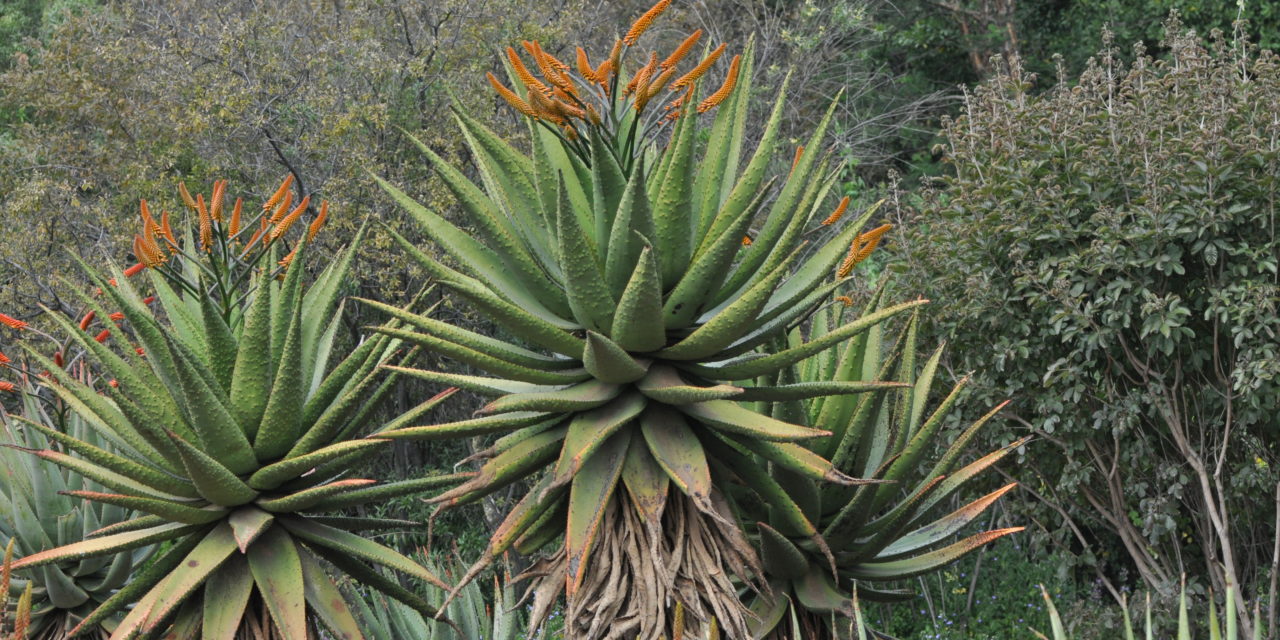
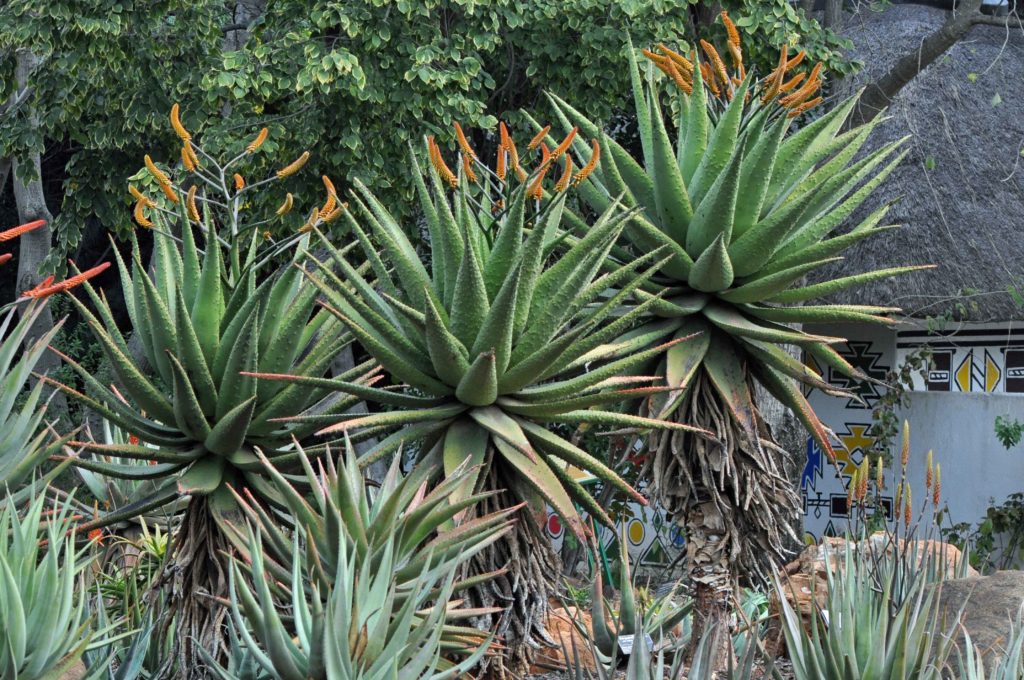
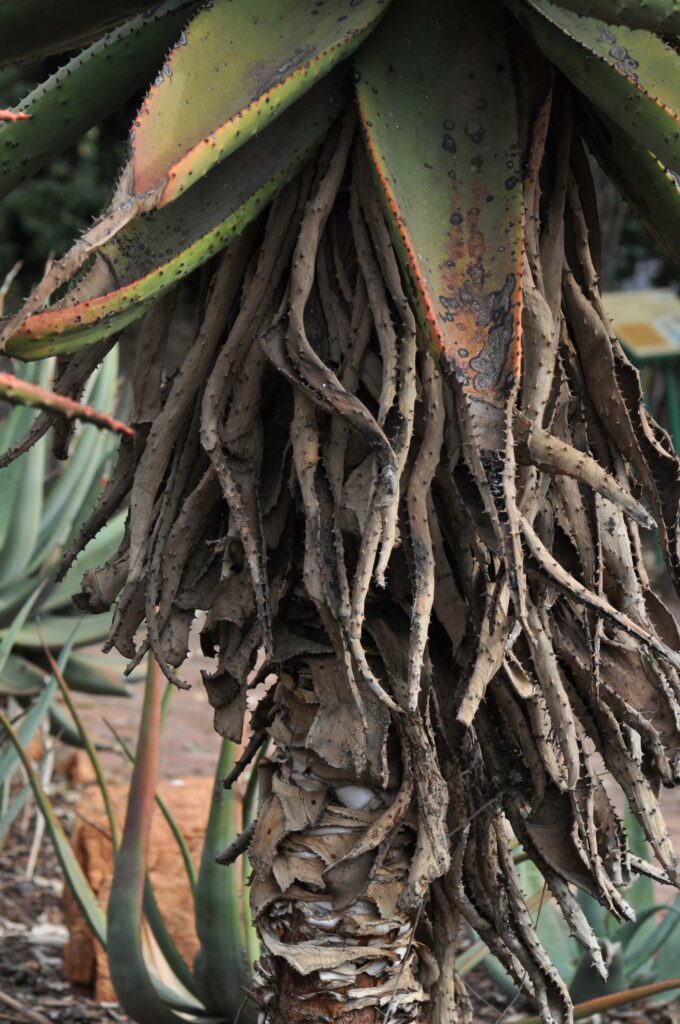
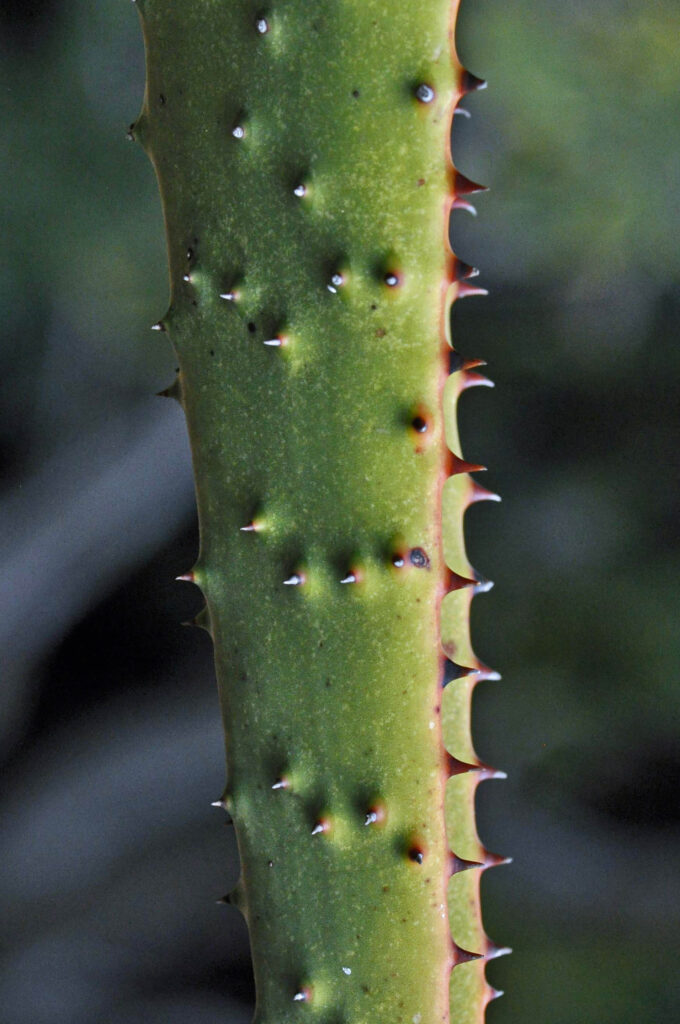
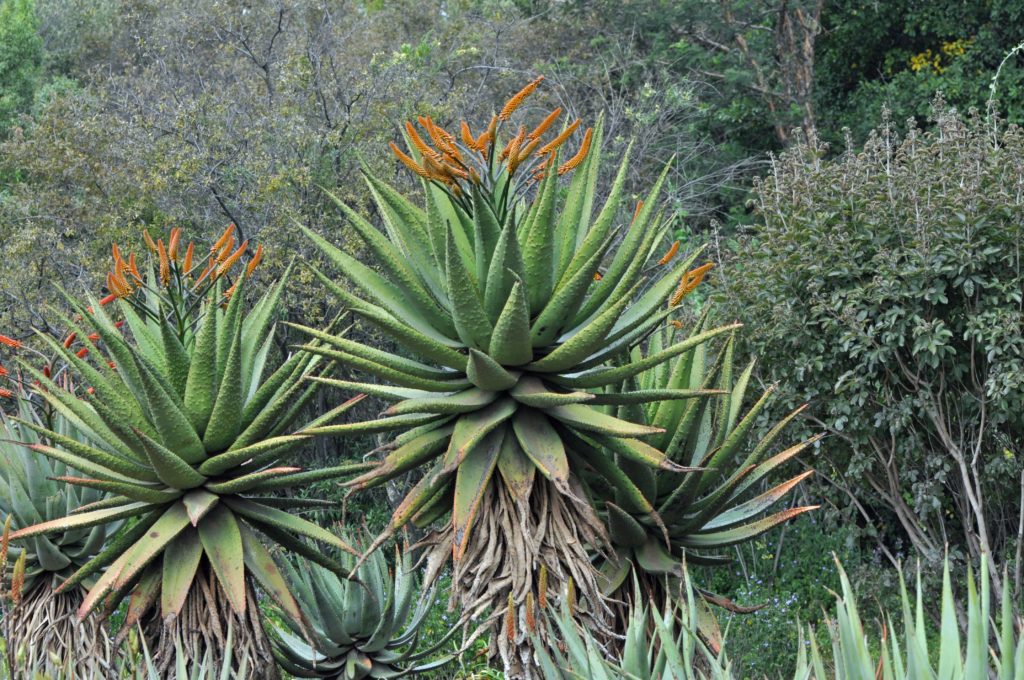
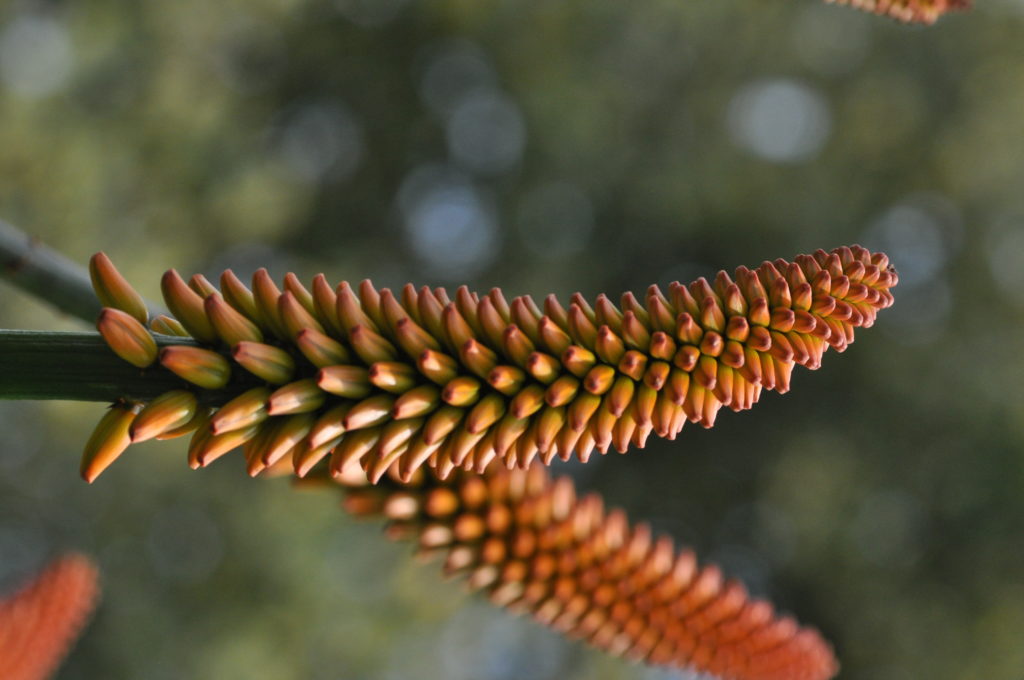
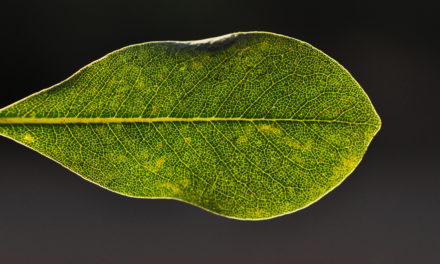
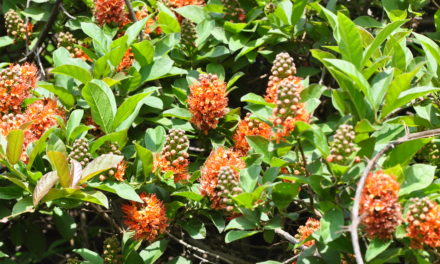

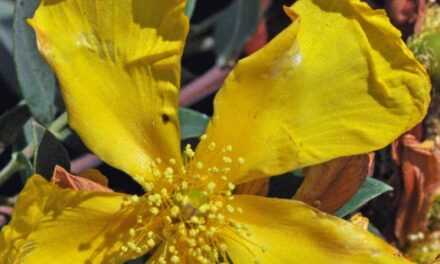
Trackbacks/Pingbacks